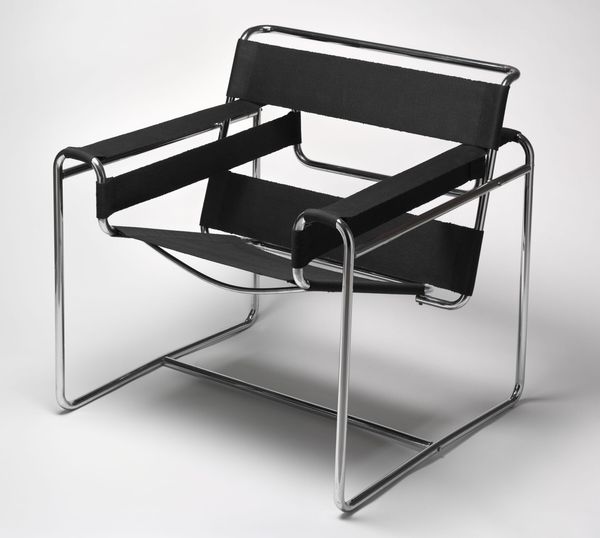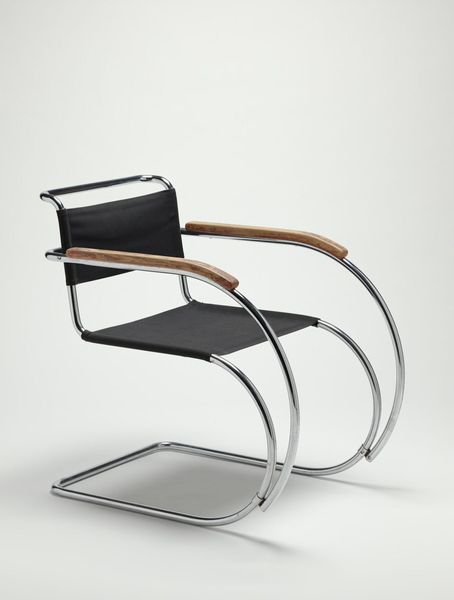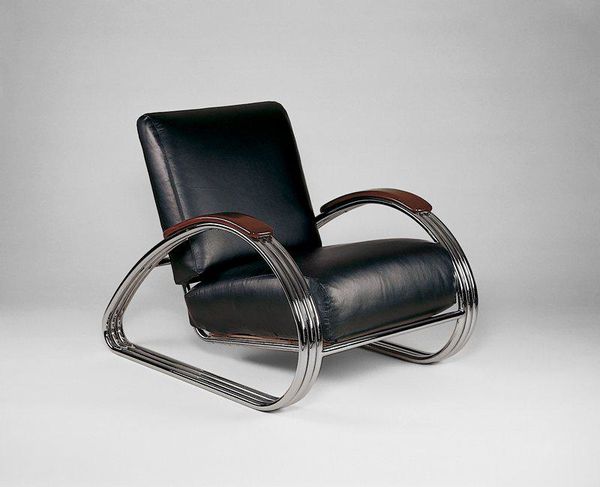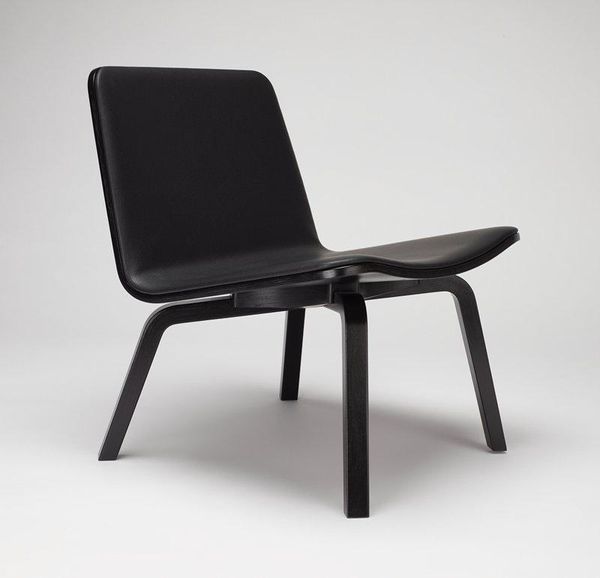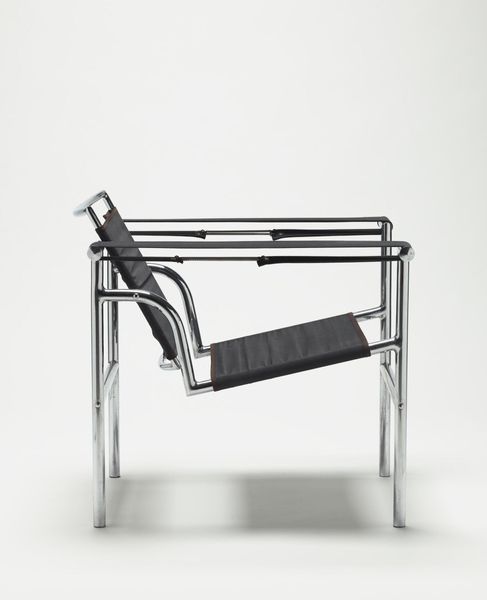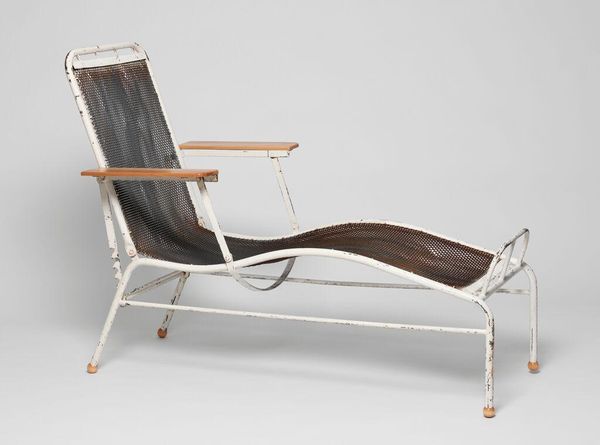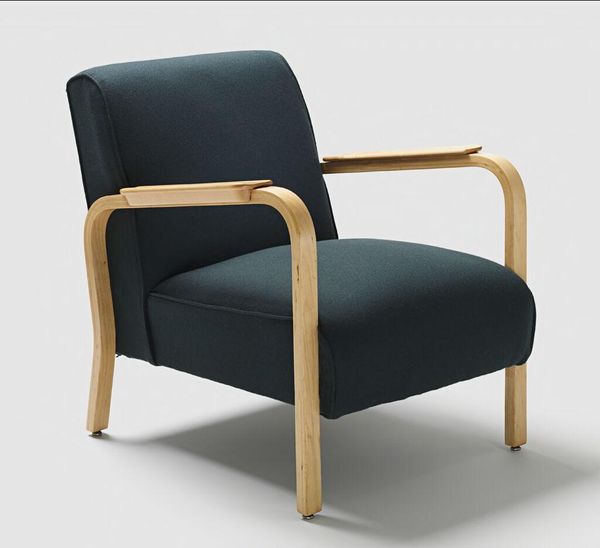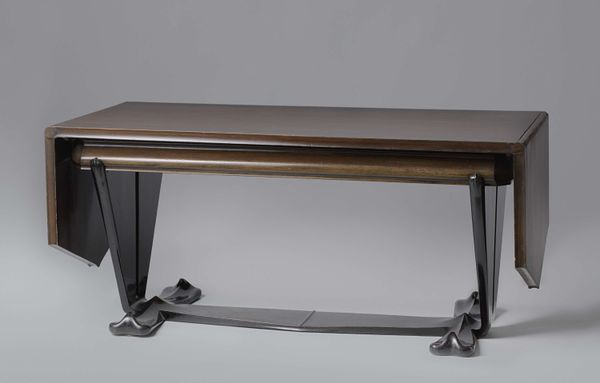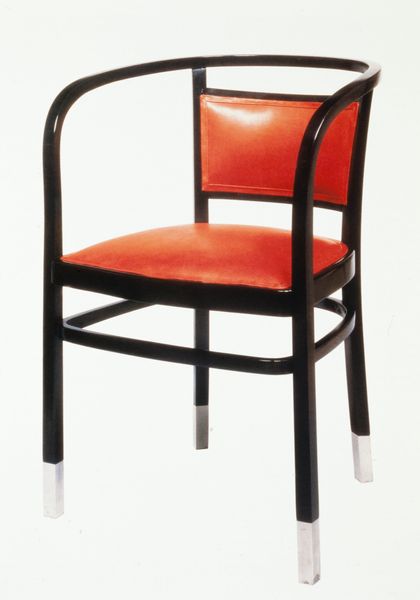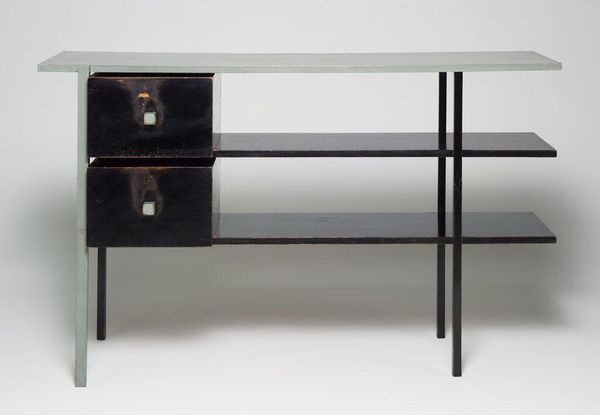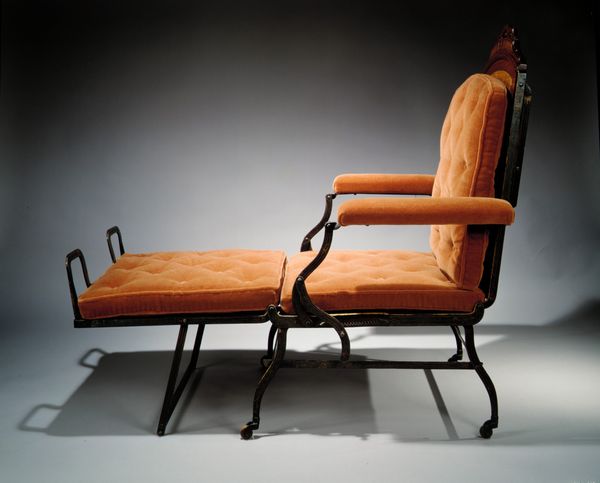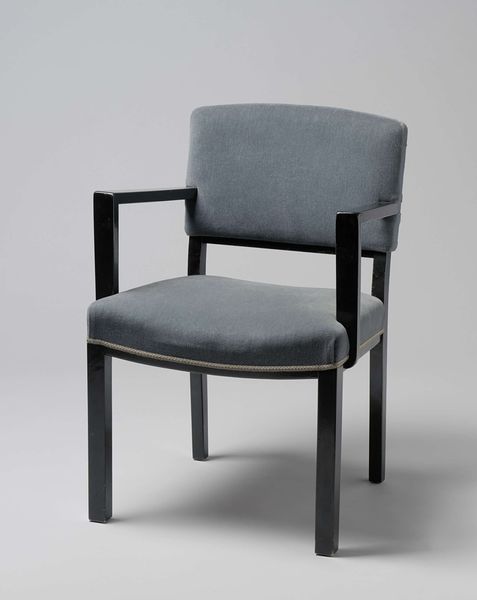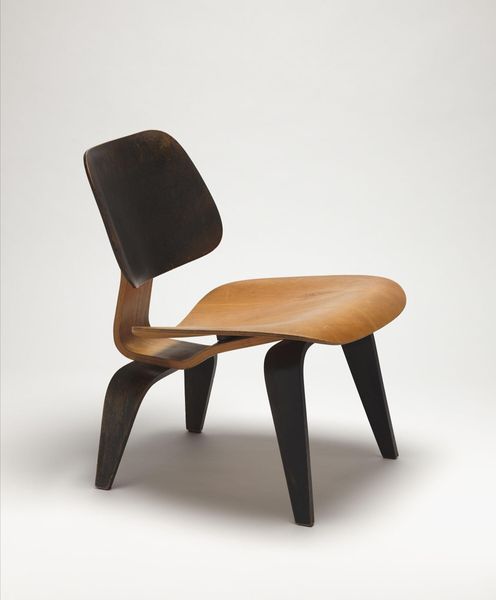
steel
#
steel
#
industrial design
#
furniture
#
form
#
modernism
#
arm
Copyright: Le Corbusier,Fair Use
Curator: Here we have Le Corbusier’s “Fauteuil à dossier basculant”, created in 1928. It's a striking example of his commitment to functional design, executed in steel. What's your first reaction to this chair? Editor: Severe. The sharp angles and metallic sheen give off a clinical, almost sterile vibe. There's an undeniable power in that simplicity, but also a kind of coldness, isn’t there? It doesn't seem particularly inviting, as far as chairs go. Curator: But that severe geometry is precisely what defines its innovation. The tubular steel frame and cantilevered design exemplify modernist principles: rational construction and emphasis on form following function. Observe how each line contributes to the overall structural logic and spatial composition. Editor: Yet, those materials – the stark steel paired with the rigid leather – evoke a very specific image: the rise of industry, the machine age. It embodies the cultural shift of the time, towards mass production and a certain ideal of functional efficiency triumphing over the decorative and the comfortable. There's a latent symbolism, linking human posture to a mechanical aesthetic. Curator: Exactly. And note how the visible joints and fixings further accentuate its industrial character. It's about honesty of construction; there is no concealment. The structure is the aesthetic. This articulation demystifies the object, and indeed anticipates future construction possibilities of other functional design components in the early 20th century. Editor: I can't help but read into its slightly unnerving effect, though. The unyielding materials, that angular silhouette...it almost symbolizes the increasing mechanization and depersonalization of modern life that’s also accompanied by war, oppression, and great suffering during the Modernist era. Curator: An astute point. Even though its formal qualities prioritize utility and standardization, the work also reflects an aesthetic philosophy born of the technological potential available to designers at the time, and remains incredibly relevant even today, wouldn't you say? Editor: Absolutely. In revisiting such an object, we find it to be something of an eerie echo – of utopian aspirations and the slightly chilling realities they sometimes manifested.
Comments
No comments
Be the first to comment and join the conversation on the ultimate creative platform.
